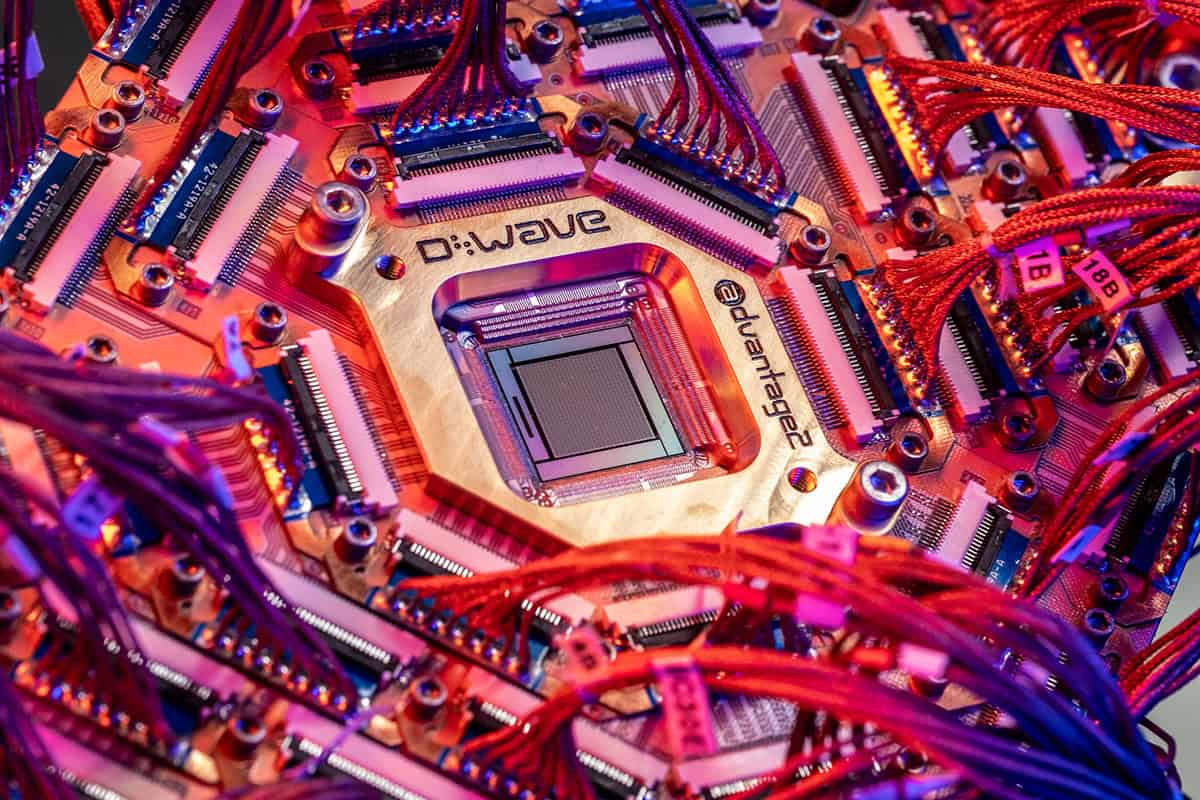As the world approaches the 2025 centenary of quantum mechanics, discussions around quantum computing intensify. With this year designated as the International Year of Quantum Science and Technology (IYQ), the excitement surrounding quantum technologies is palpable. However, the reality of quantum computing’s capabilities and its timeline for widespread use remains uncertain.
Quantum computing operates on principles that significantly differ from classical computing. At its core are several key phenomena including superposition, entanglement, and quantum interference. A quantum bit, or qubit, can exist in multiple states (0 and 1) simultaneously, vastly expanding the computational potential compared to traditional binary bits. This ability allows quantum computers to process information in ways that classical systems cannot match.
Despite the promising prospects, significant obstacles hinder the practical deployment of quantum computers. The sensitivity of qubits to environmental factors poses a challenge known as decoherence, where qubits lose their quantum state due to interactions with external elements. Maintaining the delicate conditions necessary for quantum operations often requires cryogenic environments, increasing complexity and costs.
The engineering challenges to create interconnected qubits at scale are formidable. Building fault-tolerant quantum hardware and developing robust error-correction techniques are essential for reliable computation. Moreover, the current lack of mature quantum programming frameworks complicates the development of functional algorithms tailored for quantum systems.
Nevertheless, advancements are underway. The Canadian company D-Wave recently claimed to have achieved a milestone known as quantum advantage, successfully simulating quantum magnetic phase transitions in a manner unattainable by even the most powerful classical computers. This achievement underscores the potential for quantum computation to tackle complex problems, although debates continue about the relevance of the specific problem addressed.
The future of quantum computing could resemble the era of classical supercomputers, with initial applications serving specialized fields such as drug discovery, materials science, and complex optimization challenges. Historical examples, such as the Cray Supercomputers of the 1980s, illustrate how these powerful systems were initially the domain of large corporations and government entities, performing vast calculations for those who could afford it.
While quantum computers are unlikely to replace classical systems, they are expected to complement them. Classical computers will remain critical for everyday tasks like web browsing and database management, while also handling preparatory processes necessary for quantum computation, such as data visualization and error correction.
Another pressing issue linked to the rise of quantum computing is cybersecurity. Quantum technologies threaten current encryption methods, particularly public-key cryptography. Experts warn that malicious actors may be storing stolen data now, anticipating that future quantum capabilities will allow them to decrypt it.
In conclusion, the timeline for the widespread adoption of quantum computing remains unclear. The excitement surrounding its potential is tempered by the challenges that lie ahead. As the IYQ progresses, it is evident that while quantum computing is on the brink of significant breakthroughs, its journey from theoretical promise to practical application is still unfolding. The prospects are bright, but the path forward requires navigating substantial technical hurdles.







